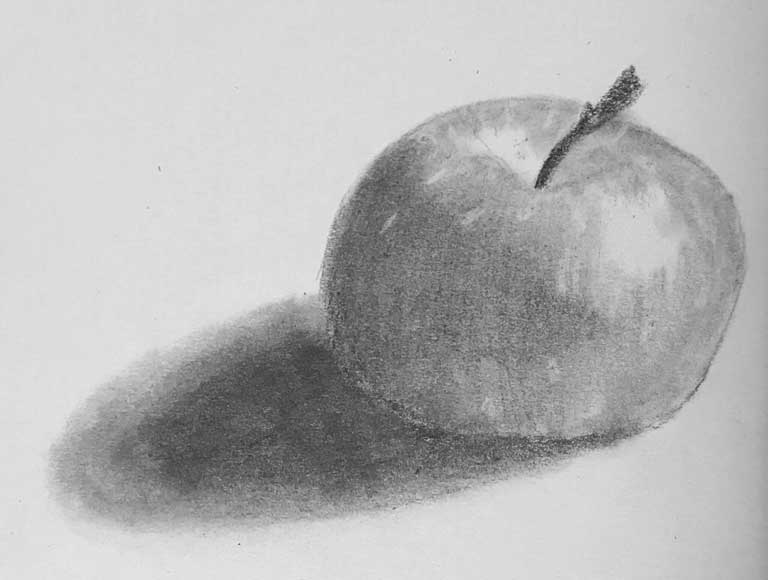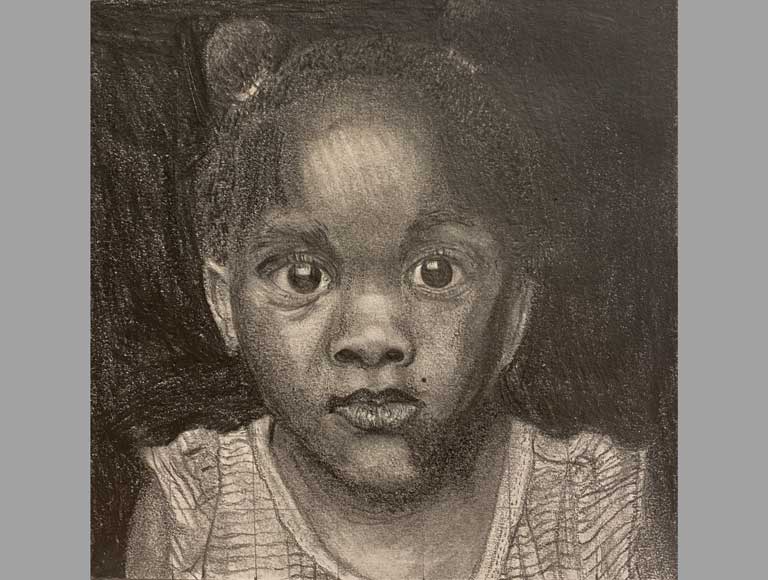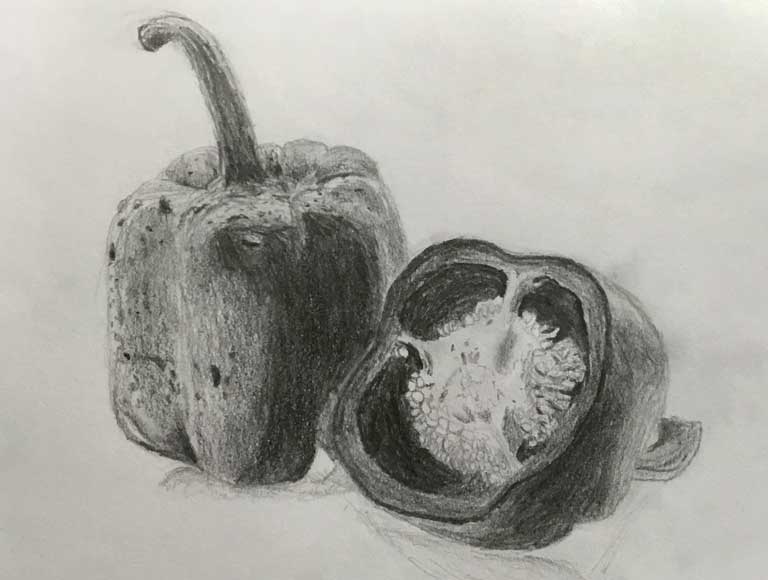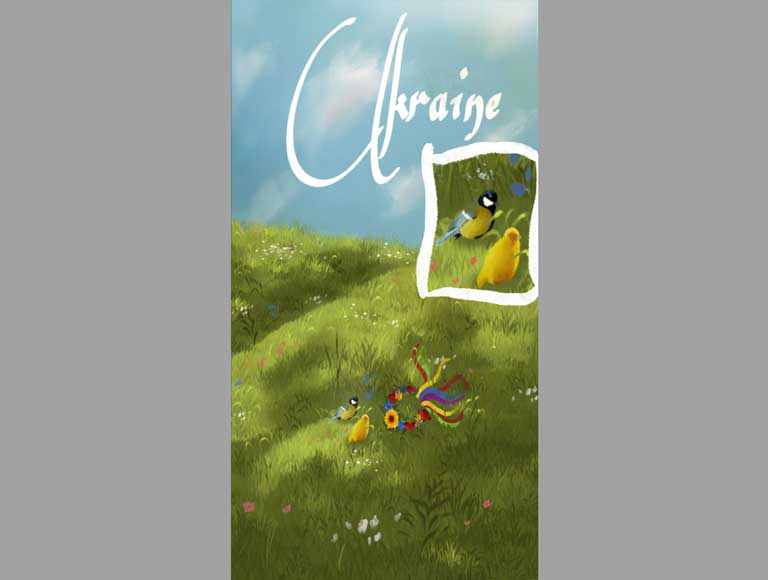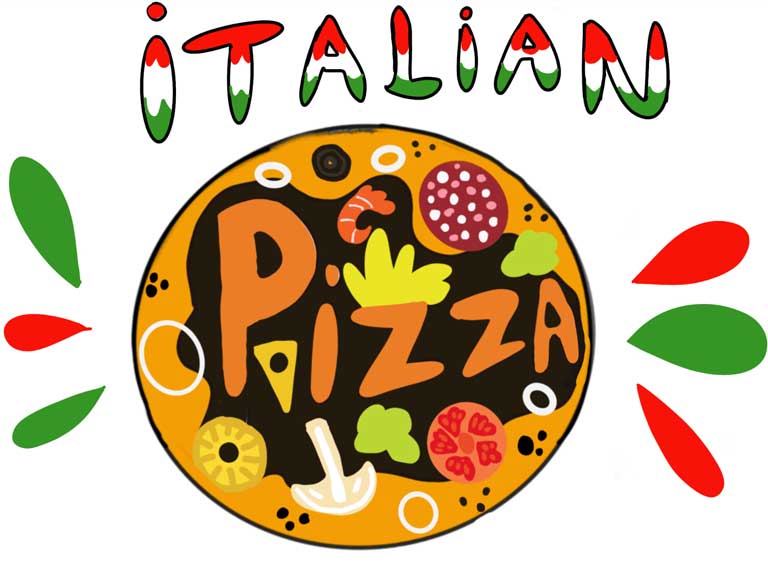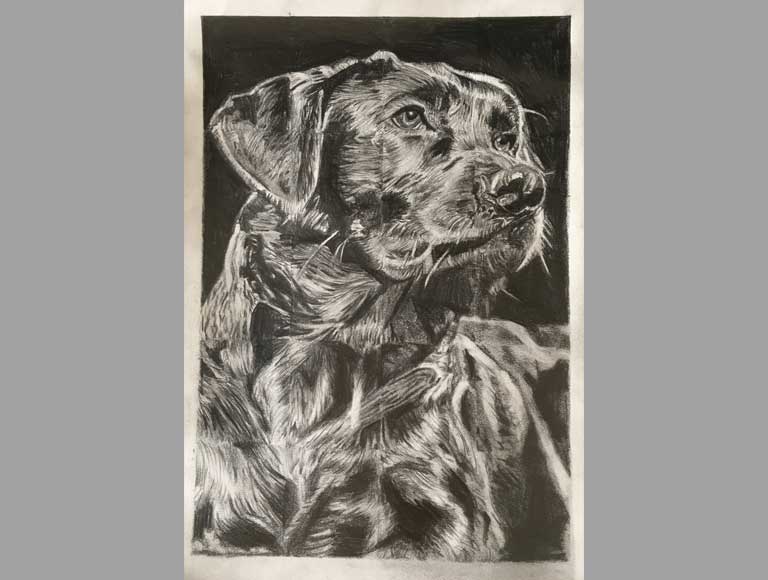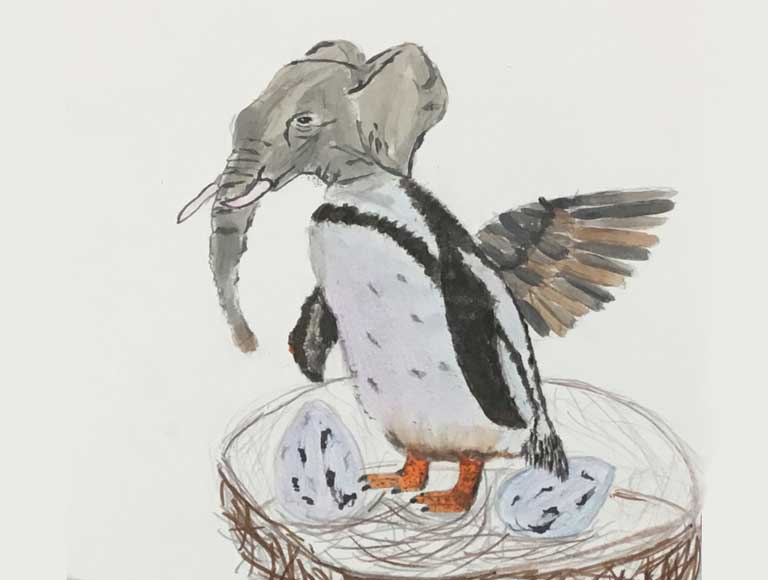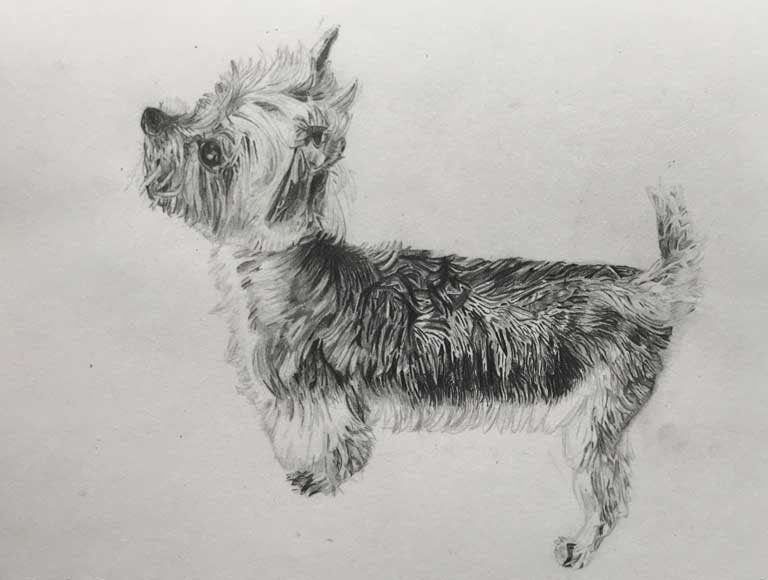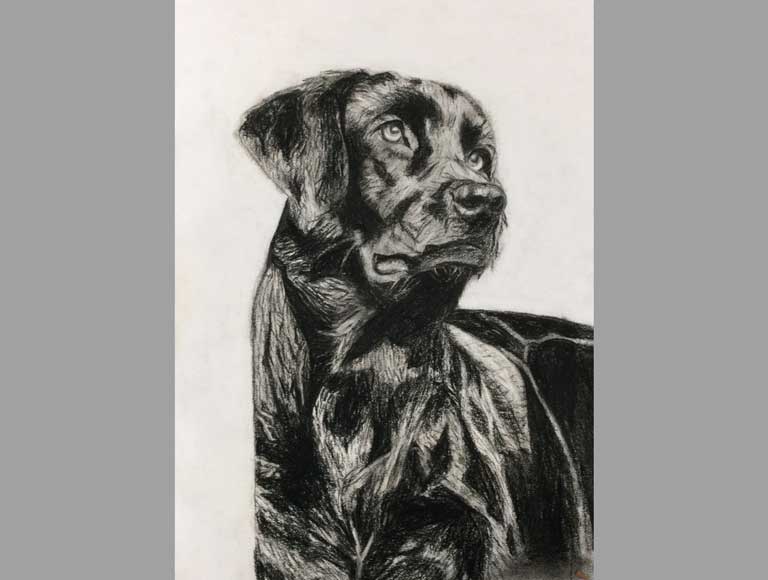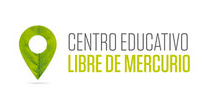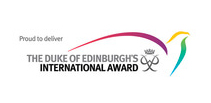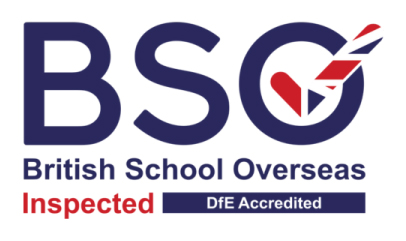
Young Caxton Artist • VIII Annual KS3 Art Exhibition. June 2021
Given this year’s continued unusual circumstances, we are very pleased to present in digital format the annual Art Exhibition of our Year 7, 8 and 9 students. Despite the limitations of working outside a specialist classroom this academic year, our students have persisted in their artistic creation, showing us their ability to observe, adapt and grow.
The Foundation Drawing Course
At the beginning of Caxton Secondary Art education, we introduce a focus on drawing through really looking, and not drawing what we assume to be there: perception with real care.
This course was outlined and shared with parents in greater detail in the first term, but hopefully by now the progress will have become more apparent. Examples of the steps that we take to stop pupils from thinking about expectations, but rather to relax and allow their eyes to communicate the shapes seen without preconceptions, are in this collection of work. One of the most difficult aspects of the course is when we try to combine the awareness of proportion and ratios, more mathematical-type thinking, with being open to looking at things as if you have never seen them before and following the eye to hand communication.
We are very pleased with the progress made during the year and how pupils have come to understand the value of covering parts of the work to do it in stages, use grids, work upside down and so forth. This foundation approach, sometimes referred to as ‘Drawing on the Right Side of the Brain’, is returned to frequently in our teaching throughout the school and remains a sound resource for when recording images accurately becomes overwhelming.
We hope that the pupils have enjoyed what they have learnt and are proud of their own personal progress, as we are only ever in competition with our former selves and these skills develop through practice.
David S
Pencil on paper.
The curious face. When you copy something you don’t have to even think about it, you just need to draw what you see (right side of your brain). This was supposed to be a tonal work so a blender would come in handy. I have not used any of the helping techniques like drawing upside down, slow reveal, grid method, etc. This is because I felt confident about not using the left side of my brain.
Carla O
Pencil on paper.
If eyes could speak. This piece of art displays a little girl, made with the grid method of drawing. I was inspired to work on this piece because I’ve been told that the eyes are the mirror of the soul. So, when I looked at her picture, I found purity and I believe that that’s what caught my attention the most.
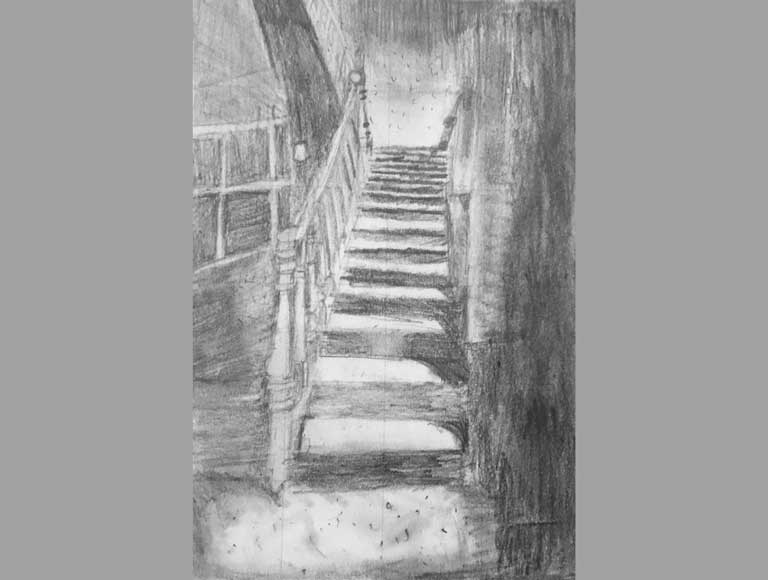
Sofia K
Pencil on paper.
Grid drawing. I wanted to try to draw something that would be a challenge so I thought that it would be interesting to try to draw a staircase especially knowing the fact that it is in perspective.
Sofía DL
Pencil on paper.
The Cook’s Pepper. It is a great challenge to try and capture the dimensions of food, especially that of fruit and vegetables, properly portraying perspective, shadows, outline/shape etc. On this particular pepper, there were droplets of water, which can be very difficult. The brain wants to draw what it thinks is correct, rather than what it sees, making water especially tough. However, I’m always up for a challenge!
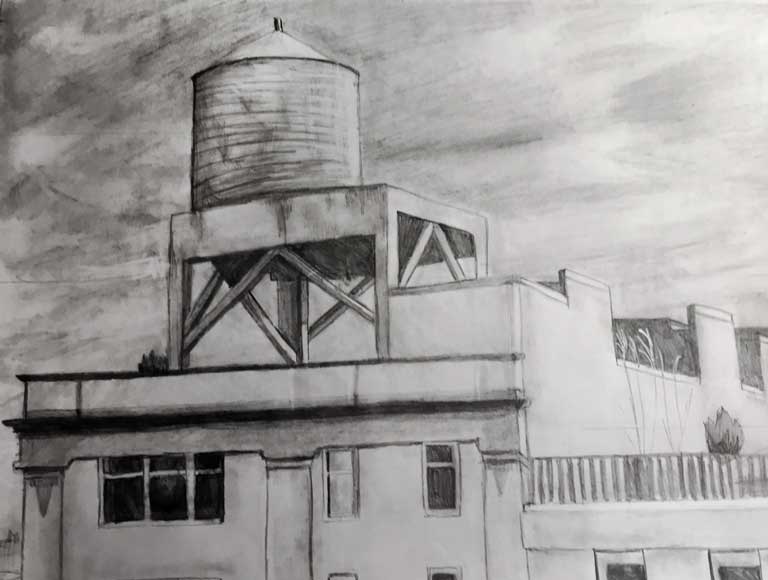
Galyna Z
Pencil on paper.
Urban landscape. I’ve spent a lot of time on this piece as it was quite big and had complicated shading in some places. At the end this piece wasn’t a big problem apart from the sky which surprisingly was the most difficult part of the whole drawing.
Artist Inspired Object
In order to appreciate the wealth of artistic variation through time and cultures, Year 8 students have been focusing on Non-Western Art from around the world and the major art movements of the 20th century.
Through copying examples of the vast range of art that is now available to view through museum websites, pupils became more aware of the rich diversity of human creativity. Studies to include facts about the origins and purpose of designs were undertaken, and discussions held about the identifying characteristics of a broad range of styles. Through deconstructing what others have created, pupils were better able to understand how these features can be reconfigured to inspire designs.
Product design is a major part of the creative industries, and Year 8 have selected from the wealth of sources available to them in order to consider how that might manifest itself in the form of a seat. By giving the limits of a design brief, it has allowed for creative thinking to be applied in a framework that combines both knowledge of the past and the potential for imagination to create the future.
As the situation this year has not allowed us access to the Art rooms and the usual range of resources, we have requested pupils to actually create the 3D outcome from their designs at home, using recycled materials when possible, and to submit photos of the model seats to us on Google Classrooms. Success should be apparent if the design resonates with a specific Art movement or folk style.
We hope that students have furthered their appreciation of the multiple ways humans can interpret the world around us and enjoyed the design process, which can of course be applied to so many potential areas.
Adriana A
Chair design.
Miró Chair. The original picture I used as inspiration to create this chair was abstract art. The chair legs are inspired by the bird’s legs, the seat simulates the bird’s eye and the back was inspired by the dog’s head. In the original piece of art, the colours you see the most are black, blue and red, so the main colours of the chair are these, adding around the eye/seat a bit of yellow so it stands out more.
Mercedes P
Digital work.
Chinese New Year. In order to make this painting I got inspired by looking at a lot of reference photos and learning about them. I decided to do this piece of artwork because I really like Chinese culture and I find it very interesting how different it is from the culture of Spain.
Sasha U
Digital work.
The Magic Of Rio De Janeiro’s Carnival. I personally think that festivals all around the world should be recognised more often. It’s beautiful to see so many cultures and traditions. I’ve always loved the Rio De Janeiro carnival, so I focused on that, recognising its beauty and magic, the origin of the title.
Galyna Z
Digital work.
Ukrainian fields. The original idea was to draw somewhat of a forest with some national flowers and plants, but that turned out to be a little bit problematic, especially on the iPad so I decided to draw a simple landscape with some fauna in the form of two birds commonly representing Ukraine. I then decided to add a national flower crown which is a part of Ukrainian traditions.
Anna P
Pencil, rubber, ruler.
Yuzen dyed houses. This artwork uses the Yūzen dyeing technique that appeared in Kyoto, Japan around the late 17th century. This technique is distinguished by its drawing of flora, fauna and landscapes using bright colours and curved lines. These patterns are usually dyed into kimonos to then be worn by women. In Kyoto, this dyeing is practiced frequently and for its inhabitants, yūzen dyed kimonos embody the unique category of wearable art because they are not just a canvas or simple clothing, they’re both!
Flora & Fauna
Flora and Fauna have been of major importance to artists throughout time, from the cave art of Altamira in 35,000 BC to contemporary artists such as Fiona Hall and Dale Chihuly. Whilst being limited to only working in pencil this year due to our change in circumstances, we have adapted the course to improve the quality of observational drawing skills, which underpin so many other art forms.
The work of photographer and sculptor Karl Blossfeldt was used as an inspiration for pupils to take their own black and white photos from nature, in addition to working in pencil to reproduce tonal variations. Homework allowed for a broader range of materials to be used to incorporate colour. We provided students with a range of artists’ styles on the theme of fauna for work to be selected from. This enabled pupils to consider the multiple ways that effective work can be produced and to emulate, and therefore learn from, different approaches. The rendering of tone and texture in pencil was then very successfully achieved in a beautiful series of drawings of dogs, which were displayed on the ground floor of the secondary building to great acclaim.
In contrast to the observational work produced throughout the first two terms, we recently looked at the rich folklore and history of the mythical and fantastic land, sea and air creatures that have been created through the ages. Insights from the ‘Mythic Creatures’ exhibition at the American Museum of Natural History provided inspiration, and the observations from real flora and fauna provided substance to fuel a flight of fantasy. The work of artists such as Hieronymus Bosch, William Blake, H.R. Giger, Niki de Saint Phalle and images from other times and cultures also helped with inspiration for this imaginative outcome. The range of styles and characteristics varied greatly, with individuals expressing everything from the terrifying to the uplifting and humorous.
Well done to all who persevered and overcame the challenges of the subject and learnt from others, as artists have done throughout time.
Julia O
Pencil on paper.
Golden Retriever. This piece of work lasted weeks to complete. I have dedicated lots of hours to make it look very detailed and realistic. In class, we needed to draw dogs, and I chose this one because I wanted to challenge myself into drawing fur for the first time. To draw this drawing I chose the grid method, a method used to draw with the right side of the brain, where you draw what you see instead of what you think..
Lucía R
Paint, coloured pencils and pencil on paper.
The marine elephant. This drawing was inspired mainly by my two favourite animals, and I thought it would be interesting to combine them together as they live in such different habitats and have very different features. The sizing of this mythical creature may seem different to what an actual elephant or penguin would be in reality. As a result, this drawing features the creature being much smaller, similarly to the size of a bird which is why I drew the bird wing with it.
Daniela B
Pencil on paper.
The Rottweiler. To create this piece I used an Hb pencil, a 4B pencil, and a rubber. I chose the black and white picture of a Rottweiler since I liked the shading it had and really wanted to recreate it. Therefore I was excited to draw it and it inspired me to create this piece.
Irina P
Pencil on paper.
Gretel. When Miss Edwards introduced the class to the new challenge of drawing a dog I immediately knew who I was going to illustrate. I created this drawing of a Yorkshire named Gretel, she had been in my family for 15 years. Unfortunately she died some months ago, therefore, I took this opportunity to draw her the best way I was capable of. It fills me with enormous pride to see her drawing in this exhibition, I did it for her so everyone is able to see how lovely she was.
Paula T
Pencil on paper.
Black dog. What inspired me to draw this dog is the beauty and the colour of the dog. The dog has lots of different tonalities so it would be a challenge to draw it but at the same time it’s what inspired me the most about the dog, the difficulty to draw it but also the pleasure of the final result.
Other notable works
In this publication you can see a selection of the works of KS3 students.
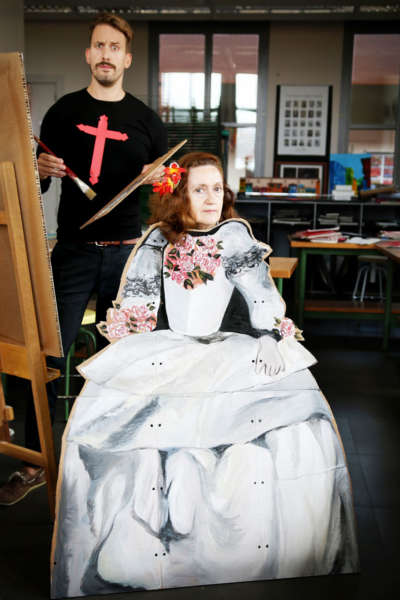
Ms Edwards & Mr Whitney, Secondary Art Department teachers.



